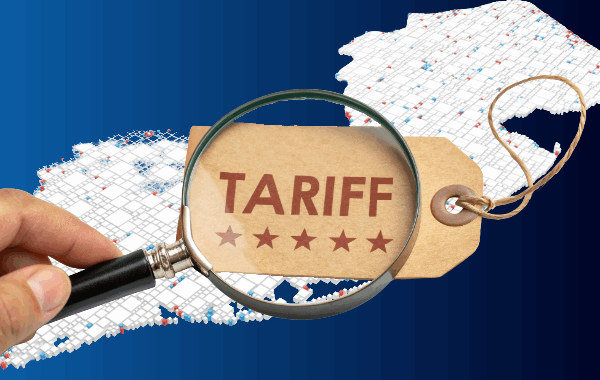Inflation rose 2.4% for the 12-month period ending in September, the smallest annual increase in more than three years, according to the latest Consumer Price Index report released Thursday by the U.S. Bureau of Labor Statistics.
Lower gasoline prices (-15.3%) helped slow the overall annual inflation rate to its lowest level since February of 2021. However, so-called core inflation, which excludes more volatile energy and food prices, showed a 3.3% rise for the 12-month period ending in September. The shelter index increased 4.9%, accounting for over 65% of the total increase for the 12-month period.
Other notable increases over the past year include motor vehicle insurance (+16.3%), medical care (+3.3%), personal care (+2.5%), and apparel (+1.8%), the CPI report said.
Viewed on a monthly seasonally adjusted basis, the CPI for all items rose 0.2% for September, the same as it did for July and August. The cost of shelter rose 0.2% in September, and the index for food increased 0.4% for the month. Together, these two indexes contributed over 75% of the monthly all-items increase.
The energy index fell 1.9% in the month of September, after declining 0.8% in August. The core index for all items less food and energy rose 0.3% for the month of September, as it did the preceding month. Other indexes which increased in September include shelter (+0.2%), motor vehicle insurance (+1.2%), medical care (+0.7%), apparel (1.1%), and airline fares (+3.2%).
The latest CPI report, along with labor market and other data, will play a key role in the Federal Reserve Board’s decision next month on what to do with interest rates. On Sept. 18, the central bank announced its first interest rate cut in four years and held open the possibility of further cuts to come because inflation was moving closer to the Fed’s 2% target goal.
Inflation spiked during the pandemic, reaching an average of 8% in 2022 and prompting the Fed to raise interest rates 11 times between March 2022 and July 2023 to cool the economy. After holding interest rates at a 23-year high for more than a year, the Fed’s decision in September lowered the federal funds target rate by a half percentage point to 4.875%.




